Description
This textbook introduces students to the exciting field of mechanical engineering and helps them appreciate how engineers design the hardware that builds and improves society.
Balancing problem-solving skills, design, engineering analysis, real-world applications, and practical technology, author Jonathan Wickert provides students with a solid foundation for future study and contributions in mechanical engineering.
By emphasizing six key elements of mechanical engineering in Chapters 3 through 8, Wickert helps students see both the “forest” of mechanical engineering and some important “trees” along the way. Overall, the lively presentation attracts students to engineering, excites them with a view of what to expect in later courses, and provides them with a useful design, problem-solving, and analysis skills.
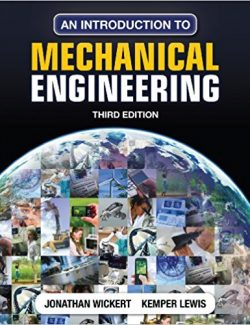
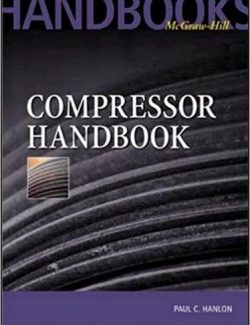
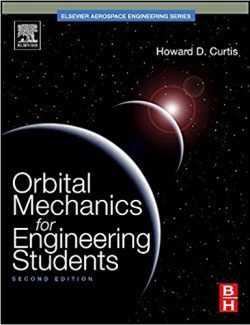
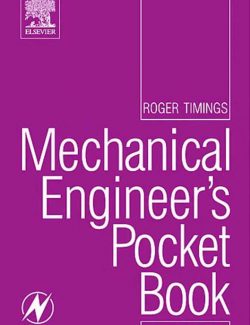
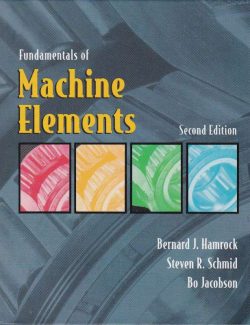
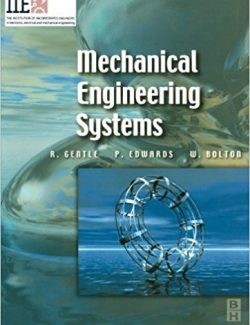
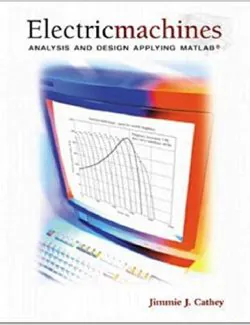
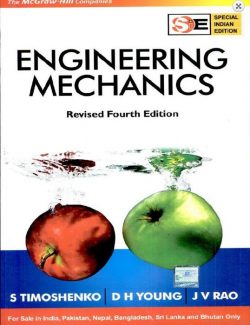
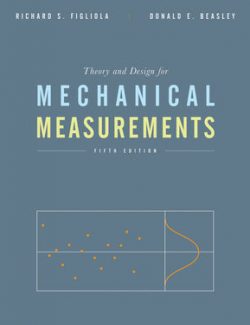
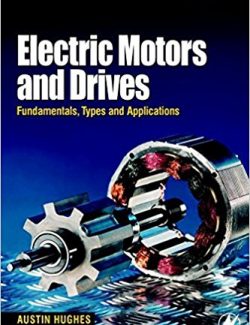
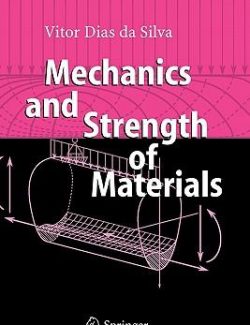
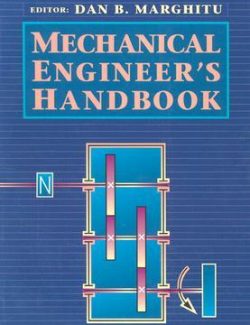
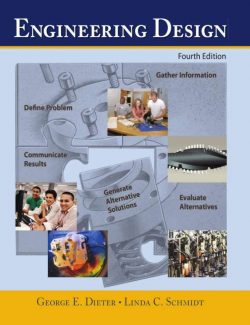
Leave us a comment
2 Comments